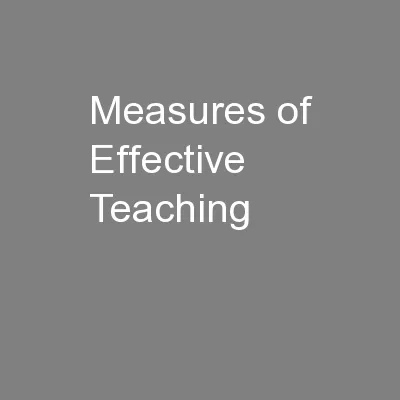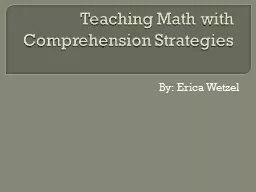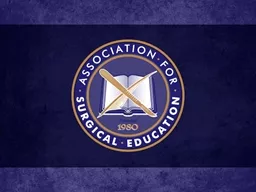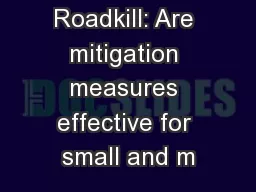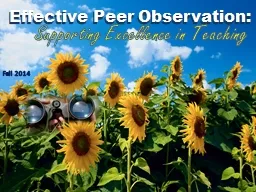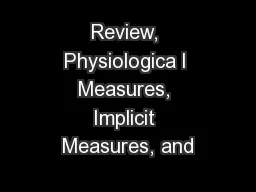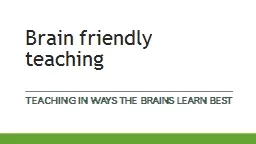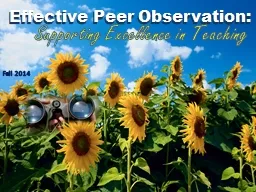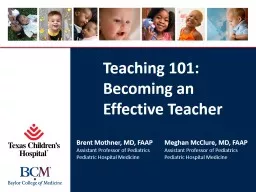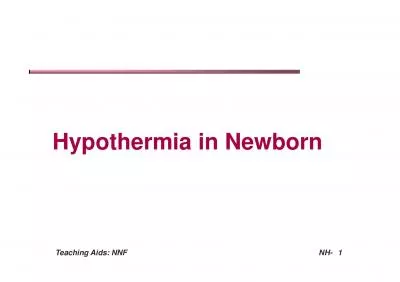PPT-Measures of Effective Teaching
Author : tawny-fly | Published Date : 2016-04-01
Final Reports February 11 2013 Charlotte Danielson Mark Atkinson Why The Widget Effect 2 Traditional Systems Havent Been Fair to Teachers Teacher Hiring Transfer
Presentation Embed Code
Download Presentation
Download Presentation The PPT/PDF document "Measures of Effective Teaching" is the property of its rightful owner. Permission is granted to download and print the materials on this website for personal, non-commercial use only, and to display it on your personal computer provided you do not modify the materials and that you retain all copyright notices contained in the materials. By downloading content from our website, you accept the terms of this agreement.
Measures of Effective Teaching: Transcript
Download Rules Of Document
"Measures of Effective Teaching"The content belongs to its owner. You may download and print it for personal use, without modification, and keep all copyright notices. By downloading, you agree to these terms.
Related Documents

